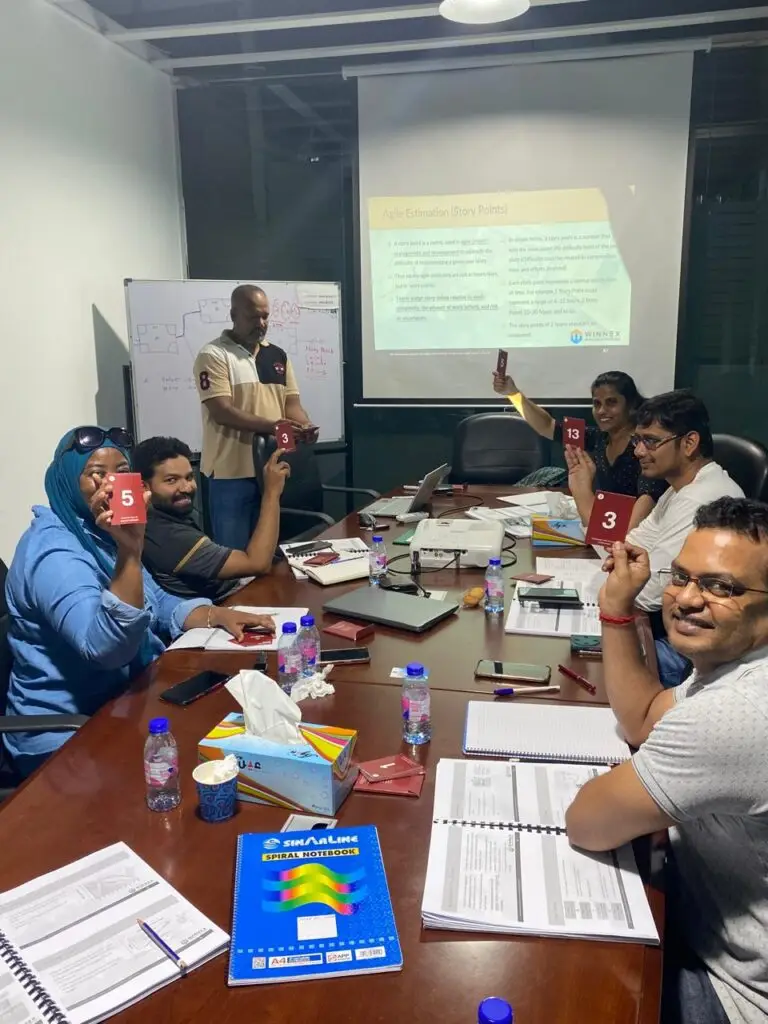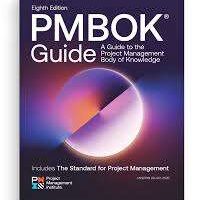
Planning Poker
- Posted by Winnex
- Categories Business Management, PMP, Project Management, Scrum
- Date 4 March 2023
Planning Poker is a consensus-based technique used in Agile project management, particularly in Scrum, to estimate the effort or relative size of tasks or user stories. Here’s a breakdown of how it works:
Preparation: Each team member is given a set of cards with values (often following a Fibonacci sequence like 1, 2, 3, 5, 8, 13, 21, etc.). These values represent the effort or complexity needed to complete a task.
Discussion: The team discusses a user story or task, clarifying its requirements and any uncertainties.
Estimation: After discussion, each team member privately selects a card that represents their estimate of the task’s complexity or effort.
Reveal: All cards are revealed simultaneously to avoid biasing each other’s estimates.
Discussion and Re-Voting: If there’s a significant variation in the estimates, team members discuss their reasoning. This helps address misunderstandings or different perspectives. The team then votes again, repeating the process as necessary until a consensus is reached.
Benefits of Planning Poker:
- Encourages Collaboration: The discussion phase allows team members to share knowledge and insights.
- Reduces Bias: By revealing estimates simultaneously, it prevents the influence of dominant opinions.
- Improves Accuracy: Iterative discussions and voting help refine estimates and address uncertainties.
Planning Poker is valued for its ability to engage the entire team in the estimation process, leading to more accurate and well-understood estimates.

Tag:Course
You may also like

A New PMP® exam is coming in July 2026



